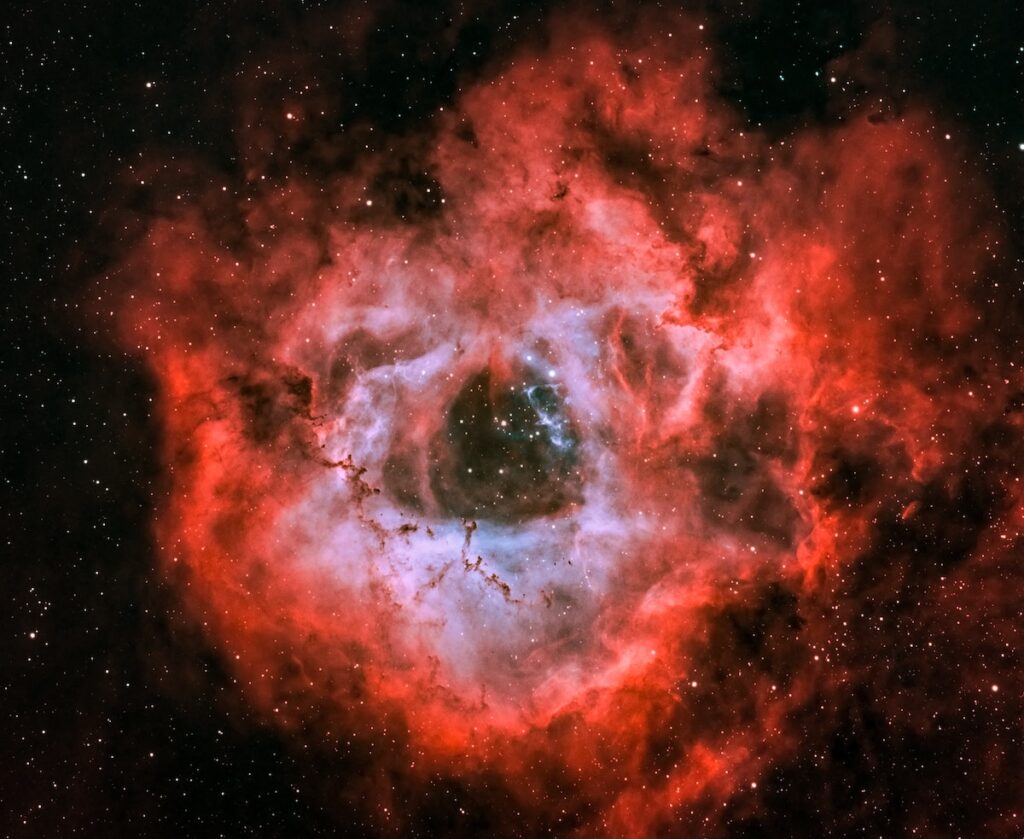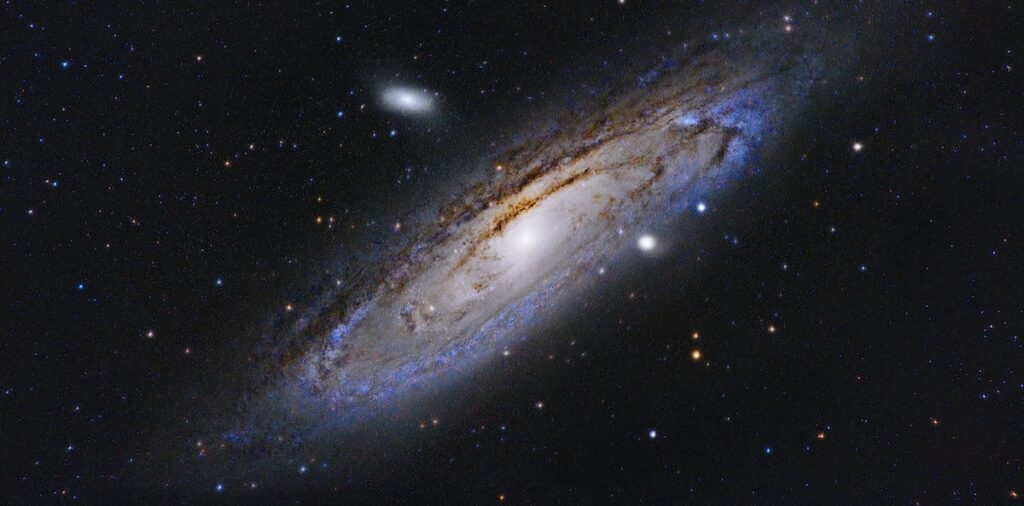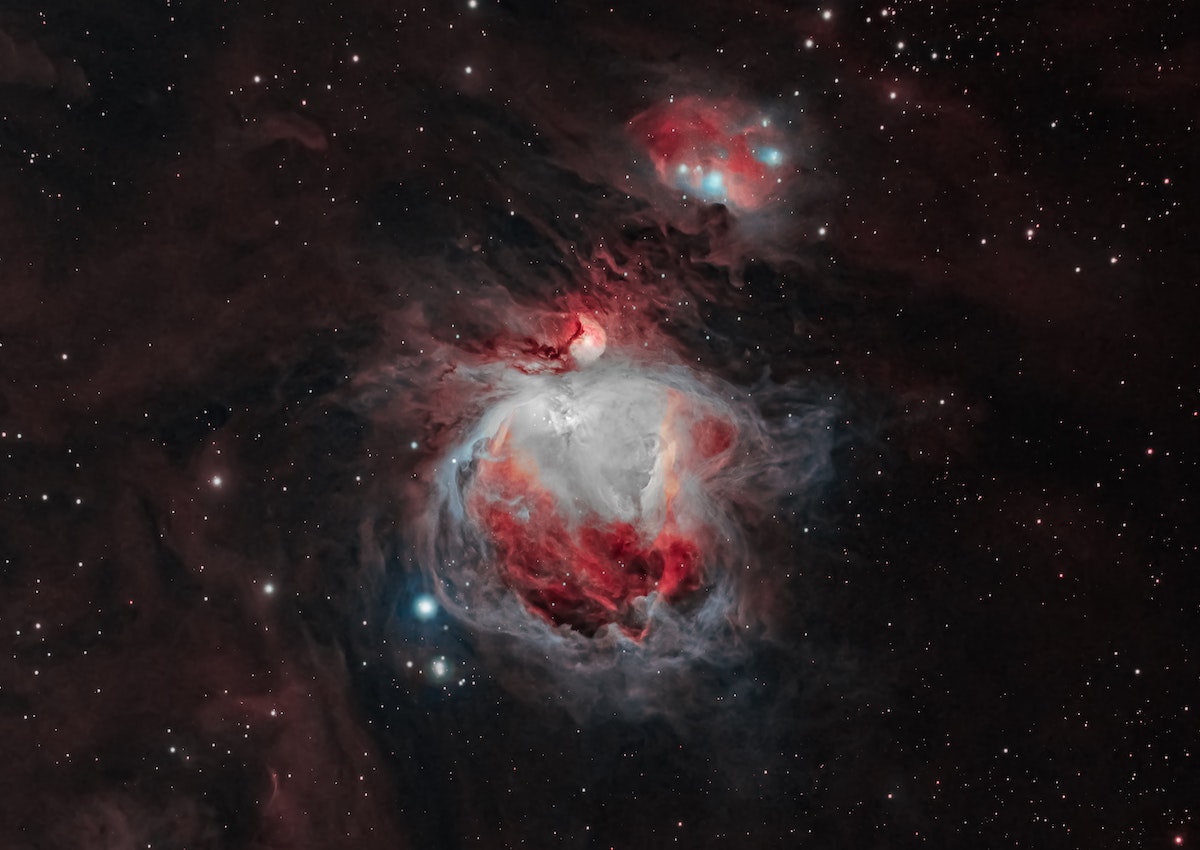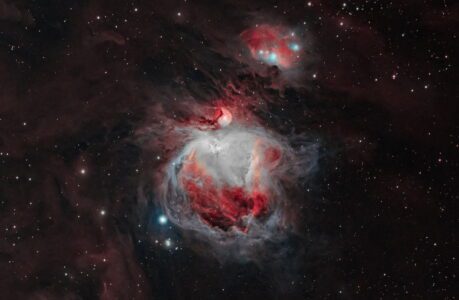The Messier Catalogue, also known as the Messier Object List, is a collection of 110 astronomical objects compiled by French astronomer Charles Messier in the late 18th and early 19th centuries. Messier was an avid comet hunter, and the catalogue was created as a way for him to keep track of objects in the night sky that were not comets, but were often mistaken for them. Today, the Messier Catalogue is considered one of the most important astronomical tools for amateur and professional astronomers alike, providing a guide to some of the most spectacular objects in the night sky.
The history of the Messier Catalogue is rooted in Messier’s obsession with comets. In the late 1700s, comets were considered a great curiosity and an important scientific phenomenon. Messier was determined to discover new comets, but he soon realised that the night sky was filled with objects that could easily be mistaken for comets. To avoid wasting time observing objects that were not comets, he began compiling a list of objects that he had identified as non-cometary. This list would eventually become the Messier Catalogue.

The first version of the catalogue, published in 1774, included 45 objects. Over the next 20 years, Messier continued to observe the night sky and add new objects to the catalogue, bringing the total to 110. The objects included in the Messier Catalogue are some of the most spectacular in the night sky, including nebulae, galaxies, star clusters, and even a few planetary nebulae. Some of the most notable objects in the catalogue include:
- M1, the Crab Nebula: This is a supernova remnant located in the constellation Taurus. It is one of the most well-known objects in the Messier Catalogue and is considered one of the most beautiful and complex objects in the night sky.
- M31, the Andromeda Galaxy: This is a spiral galaxy located approximately 2.5 million light-years from Earth. It is the closest galaxy to our own Milky Way and is one of the brightest objects in the night sky.
- M42, the Orion Nebula: This is a bright nebula located in the constellation Orion. It is one of the closest star-forming regions to our own solar system and is considered one of the most beautiful objects in the night sky.
- M45, the Pleiades: This is an open star cluster located in the constellation Taurus. It is one of the brightest and most recognizable objects in the night sky and is often referred to as the Seven Sisters.
- M57, the Ring Nebula: This is a planetary nebula located in the constellation Lyra. It is considered one of the most beautiful objects in the night sky and is a great example of the end stage of a star’s life cycle.

The Messier Catalogue has been an important tool for astronomers for over two centuries, and it continues to be an essential resource for amateur and professional astronomers alike. The objects included in the catalogue are some of the most spectacular in the night sky, and they provide a guide to some of the most fascinating astronomical phenomena. Whether you’re an experienced astronomer or just starting out, the Messier Catalogue is a great place to start exploring the night sky.
Who was Charles Messier
Charles Messier was a French astronomer who lived from 1730 to 1817. He was an avid comet hunter and is best known for creating the Messier Catalogue, a collection of 110 astronomical objects that he compiled to help distinguish between comets and other objects in the night sky. Messier’s work has been instrumental in the development of modern astronomy and is still considered an essential resource for astronomers today.

